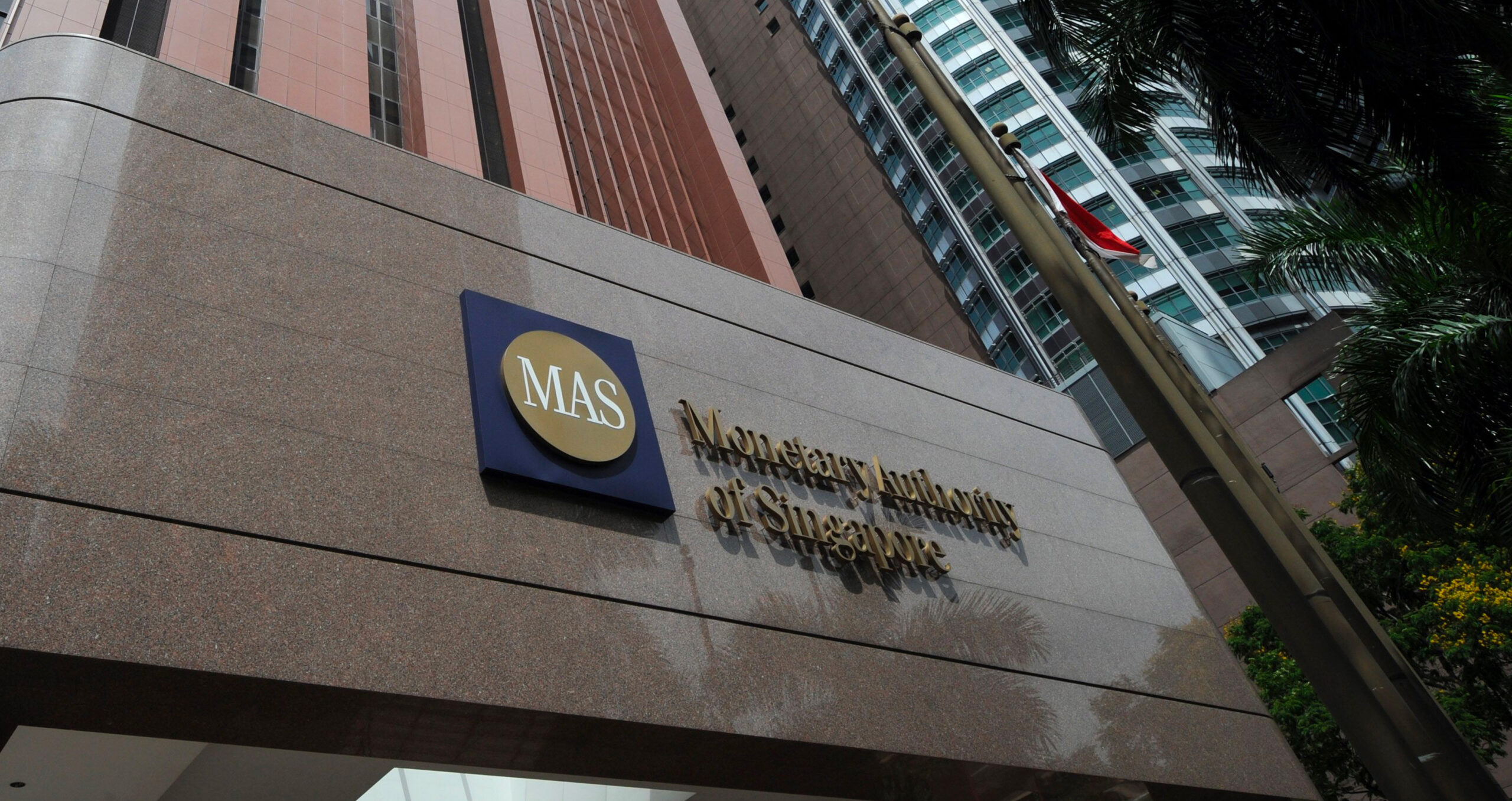
China and Singapore launch green finance task force

A new task force will focus on increasing interoperability between the Chinese and Singaporean taxonomies, as well as improving access to transition finance.
A newly announced China-Singapore Green Finance Taskforce aims to scale up sustainable finance flows between the two jurisdictions by seeking alignment on bond issuance, use of taxonomies and facilitation of green tech.
Led by the two parties’ respective central banks – the Monetary Authority of Singapore and the People’s Bank of China – the task force reportedly comprises senior members of financial institutions and green fintech companies from both countries. Aside from the group’s joint chairs, no individual names have been disclosed but representative institutions include large banking and stock exchange groups, as well as European giant Amundi Asset Management.
The task force will focus on three different work streams: boosting operability between existing taxonomies; increasing access to green and transition bonds across both jurisdictions; and using technological advancements to pilot digital green bonds with carbon credits.
Singapore’s taxonomy is characterised by a “traffic light” system, which classifies an economic activity as green, amber or red, whereas the Chinese taxonomy focuses primarily on green bonds.
The EU’s International Platform on Sustainable Finance will assist China and Singapore in increasing alignment between their taxonomies, including by further promoting the use of IPSF’s common ground taxonomy, which was updated last year and aims to clarify the differences and common ground between taxonomies worldwide.
Other developments
Separately, the MAS has also launched its Finance for Net Zero action plan, which will give greater attention to transition finance activities. The financial regulator defines transition finance as “investment, lending, insurance and related services to progressively decarbonise areas such as power generation, buildings and transportation”.
As part of the FiNZ action plan, in the second half of 2023 there will be a consultation on a code of conduct for environmental, social and governance ratings and data providers to assess how they disclose transition risks in their services. UK and Japanese regulators announced similar initiatives last year.
The MAS plan will also look at integrating transition bonds and loans in its offering, seeking alignment with other frameworks in this area, while being cautious of ‘transition-washing’ risk, which refers to overstatements of climate commitments by bond issuers).
Elsewhere in Asia, the Hong Kong stock exchange is consulting on a review of climate disclosure rules as it seeks to help listed companies prepare for reporting requirements based on the International Sustainability Standards Board’s work.
Under the proposed rules, issuers will have a two-year window to adapt to the most demanding requirements (such as Scope 3 emissions), with the first fully compliant reports expected to be produced in 2027. The disclosure rules will also apply to initial public offering candidates, meaning applicants will need to disclose material ESG risks in their prospectuses.
Similar Articles

In Charts: Capacity constraints and lack of awareness limit Chinese green municipal bond issuance

In Charts: Europe must choose between Chinese EV imports or its emissions targets, says ECA


